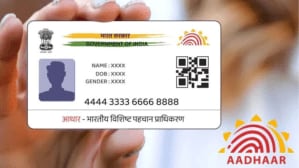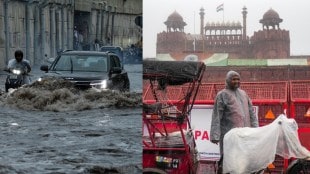Winter harvest festivals are celebrated differently in different parts of the country. These markings on the agriculture calendar bring with them fervour of joy, dance, festivity, and gratitude for the farmers and the land who cultivate our food throughout the year. Here’s how the festival is celebrated across the country:
Lohri: Celebrated on January 13, Lohri is a festival primarily observed in Punjab, Haryana, Himachal Pradesh, Jammu and Kashmir, and some other northern states. On the night of the festival, which supposedly marks the climax or the culmination of winter, people gather around a bonfire as they sing, dance, and pray to the gods of sun and fire. Food is, of course, a big part of the festival too with traditional dishes and sweets being prepared in households like gajak, til (sesame seeds) ladoos, makki ki roti, sarson ka saag, etc.
Makar Sankranti: Usually celebrated one day post Lohri, on January 14, Makar Sankranti marks the sun’s movement into Capricorn. The festival signifies the end of the coldest days of winter and the beginning of longer and warmer days. Apart from praying to the sun god, Makar Sankranti is also celebrated by flying kites, engaging in charity work, or taking a dip in rivers that are considered holy or sacred in the Hindu religion.
Another festive rendition of Makar Sankranti is Uttarayan, celebrated in Gujarat, Maharashtra, and parts of Rajasthan. The day is again marked by kite flying. Interestingly, an International Kite Festival is annually celebrated in Gujarat’s Ahmedabad on the same day as Uttarayan. The festival, in a more spiritual sense, marks the movement of the sun from the southern tropic to the northern tropic with devotees praying to the sun god, and gorging on traditional dishes from the different regions.
The day of Makar Sankranti is also celebrated as Khichdi in some parts of the country. The tale goes back to the time of Yogi Goraknath, who is said to have prepared khichdi on this day to feed Nath Yogis after a political conflict in the region. Those who celebrate the festival to this day, make sure to prepare khichdi with urad dal in their homes and offer it to a yogi.
Magh Bihu: Starting January 15, Magh Bihu is a week-long celebration and festival of gratitude to farmers and gods for the winter harvest in Assam. The festival is celebrated with bonfires, engaging in games for fun and play, and filling up on traditional dishes like pitha, pitika, laru, and laai xaak khaar. Dancing and music is a big part of the festival too.
Pongal: Celebrated in Tamil Nadu and Pondicherry starting January 14, the four-day festival is marked by boiling the harvest season’s first rice, along with milk and jaggery. Interestingly, the literal translation of the festival’s name is to “boil over” or “spill”. The festivities start with Bhogi Pongal, where the rain god is worshipped, followed by Surya Pongal, Mattu Pongal, and Kaanum Pongal, where the sun god, cattle, and the farming communities are revered, respectively.
Nuakhai: Nuakhai or Nabanna is the harvest festival celebrated in West Bengal and Odisha, to give thanks to farmers and to agricultural land. Devotees pray to goddess Lakshmi and celebrate by eating the season’s first rice.







